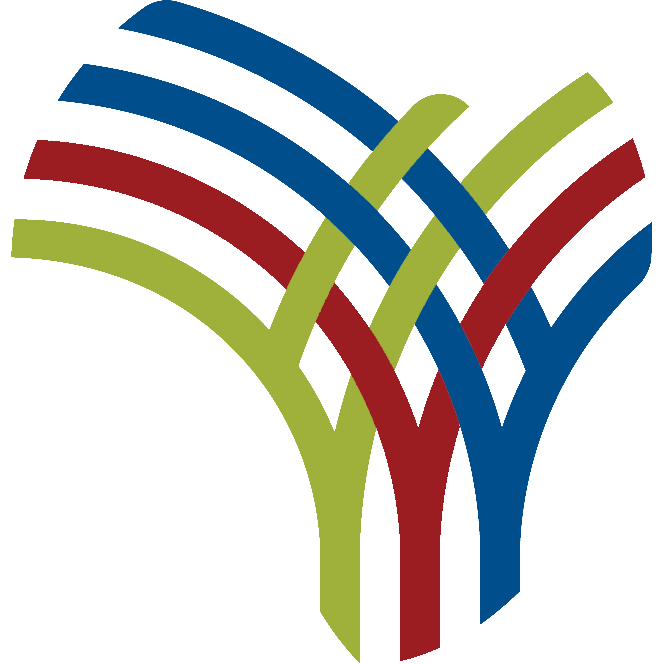Rather than trying to do everything from scratch, medicines regulators from different countries are increasingly sharing the load between them by ‘relying’ on each other’s work. In his latest #InsideTheBox column, Dr Andy Gray explains how such ‘reliance mechanisms’ can help regulators make decisions more quickly and efficiently, and digs into the details of how South Africa can make the most of these mechanisms.
When you get a medicine from your pharmacist, you can generally trust that the product contains what it says on the box and that its safety and efficacy has been assessed and found to be acceptable. This trust is largely derived from the work of regulatory authorities, whose primary objective is to assess the quality, safety, and efficacy of medicines.
The World Health Organization (WHO) Results Report 2022-2023 showed that only 58 countries’ national medicines regulatory authorities (NMRAs) were considered to be functioning well. The WHO measures the maturity level of NMRAs using a Global Benchmarking Tool across 260 indicators. Those at maturity level (ML) 3 are considered to be “stable, well-functioning and integrated regulatory systems”, whereas ML4 are “operating at advanced level of performance and continuous improvement”. Those at ML3 and ML4 are classified as WHO listed authorities.
In 2022, the South African Health Products Regulatory Authority (SAHPRA) was assessed at ML3 for vaccine regulation, but has yet to attain that status for medicines regulation.
Relying on other regulators
The Global Benchmarking Tool points out that one of the most critical functions for any regulatory authority is the “approval of a medical product for marketing after it has undergone a process of evaluation to determine the safety, efficacy and quality of the product and the appropriateness of the product information”. The tool states that “the evaluation of the complex data used to support market authorization of new or novel medical products may require specialized resources and experience not available” in a specific NMRA, especially those not operating at ML3 or ML4.
Rather than make poor decisions, based on inadequate scrutiny of the data provided by a manufacturer or importer of a medicine, NMRAs are encouraged to use reliance methods. In other words, NMRAs are encouraged to make use of assessments already performed by more mature regulators on the same set of data, for the same product, when making their decisions on marketing authorisation.
Although it aspires to reach ML3 status for medicines, SAHPRA has also embraced the concept of reliance.
Several initiatives
The 2021 report of the WHO Expert Committee on Specifications for Pharmaceutical Preparation included an annexure on good reliance practices. A trajectory is described, which relies on increasing trust between NMRAs, and delivers increased efficiency. From a position of independent decision-making, NMRAs can move to work-sharing and abridged pathways using reliance, to regional centralised evaluation, and eventually to mutual recognition. The European Medicines Agency (EMA) remains the sole example of a centralised authorisation system, recognised by its 31 members.
SAHPRA is an active member of a work-sharing effort called Zazibona. Although this is a regional collaborative effort of the Southern African Development Community, only 9 – Botswana, Democratic Republic of Congo, Malawi, Mozambique, Namibia, Tanzania, South Africa, Zambia and Zimbabwe – of the 16 member states are actively involved. Of these, only the Zimbabwean and Tanzanian NMRAs have ML3 status for medicines regulation. The essence of work-sharing is that, while parts of a dossier may be assessed by one or more of the participating authorities, the others will rely on those judgments when making their own independent decisions on marketing authorisation.
SAHPRA’s position
SAHPRA has issued a wide-ranging guideline on reliance, outlining three broad options.
In an abridged review, SAHPRA would make its regulatory decisions on the basis of full assessment reports from recognised regulatory authorities (RRAs). Rather than evaluate all the data and summaries provided by the applicant, the SAHPRA evaluators would rely on the full assessment reports instead.
In a verified review, the process would be further streamlined “based primarily on verifying, instead of evaluating, information submitted in the application against information which has already been approved by SAHPRA or an RRA”.
Finally, recognition would entail marketing authorisation (“registration”, in South African parlance) based on “directly recognizing the outcome of a review from an RRA with which SAHPRA shares a recognition agreement”. Although SAHPRA has listed the RRAs, which include all WHO listed authorities, no recognition agreements have been concluded yet.
SAHPRA also provides support for a process that does not involve a formal NMRA, but which has proven particularly useful. The WHO prequalification programme was first established to enable the procurement of quality-assured generic medicines by United Nations structures and global health initiatives such as the Global Fund. This programme now covers not only medicines for HIV, tuberculosis and malaria, but also medicines for other conditions, diagnostic tests, vaccines and vector control technologies. In addition, the WHO Collaborative Registration Procedure enables NMRAs to access assessment reports from either stringent regulatory authorities or the WHO prequalification programme, for use in reliance procedures.
An EU mechanism with implications for SA
The EMA has used its Article 58 procedure to issue scientific opinions on priority medicines not intended for sale within the European Union. This process has expanded to become the EU-M4all procedure, where an assessment is performed in collaboration with WHO and NMRA representatives.
A recent example, which involved simultaneous centralised approval for the EU and approval for the rest of the world, was for the long-acting lenacapavir injection for the prevention of HIV. The review was conducted by the EMA Committee for Medicinal Products for Human Use, together with WHO and experts from the NMRAs in Uganda, Zambia, Kenya, Nigeria, Zimbabwe, South Africa, Thailand and Vietnam. This process should allow SAHPRA to make a decision more quickly, after considering issues specific to this country, such as the local scheduling status and labelling.
Greater harmonisation
A key requirement for effective reliance approaches is greater harmonisation of the regulations and policies relied on when considering applications for marketing authorisation. The International Council for Harmonisation of Technical Requirements for Pharmaceuticals for Human Use (ICH) was established in 1990, as a joint venture between the regulators from Europe, the US and Japan, and the pharmaceutical industry. Since 2015, it has expanded its membership to other regulators and industry associations and now has 23 members. It also has 41 observers, which includes SAHPRA. ICH guidelines inform the development of national documents, as well as the format of the “Common Technical Document”, which provides a standard format for collating the scientific and clinical evidence submitted by an applicant for registration of a medicine.
The COVID-19 pandemic has spurred efforts to expand the pharmaceutical manufacturing capacity of African countries, primarily to ensure security of supply. An important component of that effort is the creation of the African Medicines Agency (AMA). The treaty creating the AMA was adopted by the African Union Assembly in February 2019 and came into effect once 15 members states had ratified and deposited the instrument of ratification. To date, 25 countries have completed the ratification process and another 14 have started. South Africa is one of 16 African countries that have not yet taken any steps towards ratification. The AMA seeks to drive regulatory harmonisation across the continent, plans to conduct joint reviews of applications and, in time, aims to enable centralised marketing authorisations.
In February 2025, the Africa Centres for Disease Control and Prevention and African Union Development Agency – New Partnership for Africa’s Development announced the signing of a memorandum of understanding among Africa’s WHO ML3 NMRAs. This agreement is aimed at “fostering collaboration and reliance on regulatory decisions” while also “creating an enabling environment for the local production of medical products”. The memorandum, signed by the NMRAs from Ghana, Nigeria, Rwanda, Senegal, South Africa, Tanzania and Zimbabwe, was portrayed as contributing to the operationalisation of the AMA.
Ultimately, reliance is by no means a panacea for every one of the many challenges facing SAHPRA. It is, however, an important enabler of improved efficiency. To maximise the potential of reliance mechanisms, South Africa needs to urgently ratify the AMA Treaty. SAHPRA needs to conclude the necessary recognition agreements with selected recognised regulatory authorities. As soon as SAHPRA achieves ML3 status for medicines, it can contribute fully as one of the WHO listed authorities that will help to ensure access to quality, affordable medicines for all.
*Dr Gray is a Senior Lecturer at the University of KwaZulu-Natal and Co-Director of the WHO Collaborating Centre on Pharmaceutical Policy and Evidence Based Practice. This is part of a new series of #InsideTheBox columns he is writing for Spotlight.
Disclosure: Gray is a member of South Africa’s National Essential Medicines List Committee and co-chairs its Expert Review Committee.
Note: Spotlight aims to deepen public understanding of important health issues by publishing a variety of views on its opinion pages. The views expressed in this article are not necessarily shared by the Spotlight editors.


